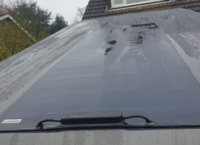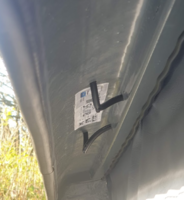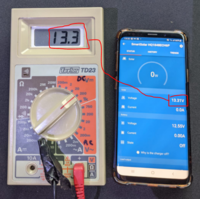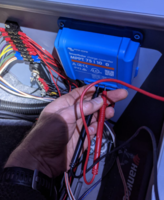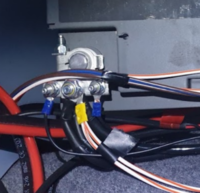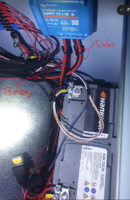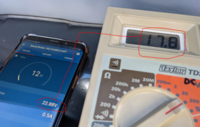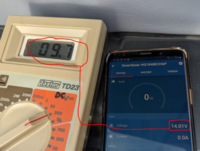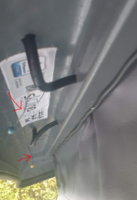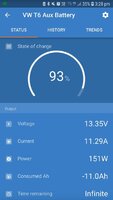I've got that same 250w panel (albeit with version with the junction box on the back) and it's been excellent for me. Having to buy a another victron mppt seems a bit annoying, I assume that's because the one you have can't handle that panel? Definitely check because you don't want to have to buy a new one for nothing.
Avoiding drilling the panel again might actually be a bit tricky, from the photos it looks like your existing panel goes right to the back of the roof? If you install the panel forward of the existing one, you'll leave a pretty messy patch where they've removed the existing one from but if you cover it, I'm not sure how you'll get the cables down without going through the panel again. A panel with a back junction box would solve the issue but that version of the one you've linked to appears out of stock - plus it involves cutting a really big hole in the roof! Have a look around the options and see what's out there, ideally I'd say you want something to entirely cover the mess made by removing the existing one, with a compact back fitting you can stick back through the roof easily.
Avoiding drilling the panel again might actually be a bit tricky, from the photos it looks like your existing panel goes right to the back of the roof? If you install the panel forward of the existing one, you'll leave a pretty messy patch where they've removed the existing one from but if you cover it, I'm not sure how you'll get the cables down without going through the panel again. A panel with a back junction box would solve the issue but that version of the one you've linked to appears out of stock - plus it involves cutting a really big hole in the roof! Have a look around the options and see what's out there, ideally I'd say you want something to entirely cover the mess made by removing the existing one, with a compact back fitting you can stick back through the roof easily.

